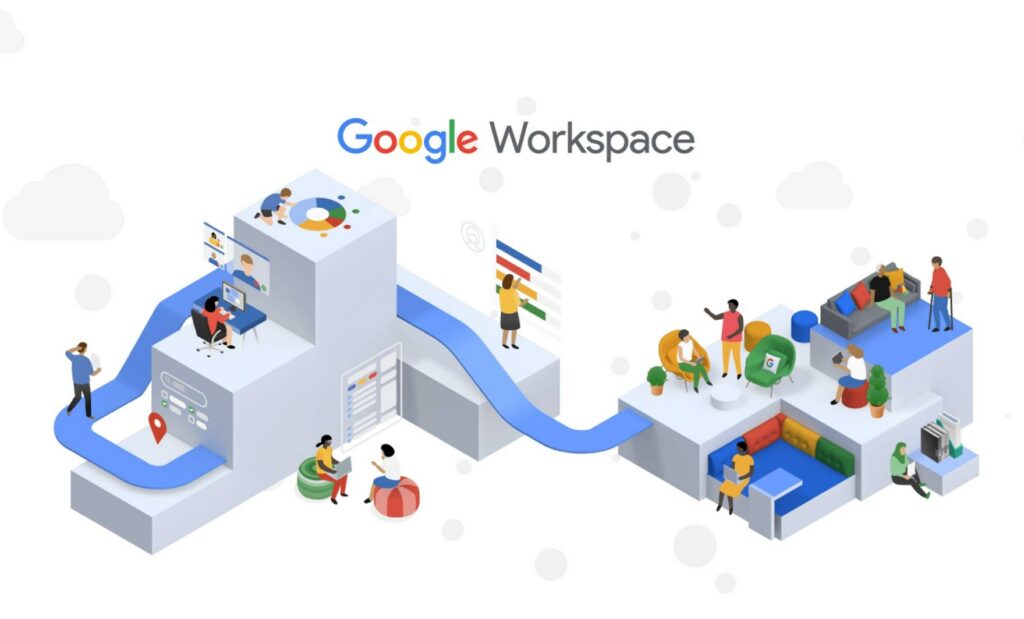Unleash Collaboration with New Experiences in Google Workspace
16 years ago, Google launched Google Docs and Sheets and introduced the world to a new way of working. For many, it was the first time they worked in the same digital space together, in real time, without the burden—or risk—of sending documents back and forth. That…
Supercharge Your Event-driven Architecture with New Cloud Functions (2nd gen)
Today, Google introducing Cloud Functions (2nd gen) into public preview, Google Cloud’s next-generation Functions-as-a-Service product. This next generation version of Cloud Functions comes with an advanced feature set giving you more powerful infrastructure, advanced control over performance and scalability, more control around the functions runtime and triggers…
Orchestrating PyTorch ML Workflows on Vertex AI Pipelines
Previously in the PyTorch on Google Cloud series, Google trained, tuned and deployed a PyTorch text classification model using Training and Prediction services on Vertex AI. In this post, we will show how to automate and monitor a PyTorch based ML workflow by orchestrating the pipeline in a serverless manner…
Add Intelligence to Your Document Processing with Google’s Enterprise Knowledge Graph
Google Cloud introduced Document AI to automate document processing and to streamline workflows with state-of-the-art machine learning models. With the deep neural networks, the models generalize the learning from seeing hundreds of thousands variations of the documents. But when information is missing or ambiguous on a document…
Here’s What to Know About Changes to Kubectl Authentication Coming in GKE v1.25
Important changes to Kubectl authentication are coming in GKE v1.25 While Google created Kubernetes, the platform has become the de-facto standard for container orchestration thanks to a large open-source community. To ensure the separation between the open source version of Kubernetes and those versions that…
Introducing Compute Optimized VMs Powered by AMD EPYC Processors
Over the last six months, Google launched 3rd Gen AMD EPYC™ CPUs (formerly code-named “Milan”) across our Compute Engine virtual machine (VM) families. It introduced the Tau VM family, targeting scale-out workloads. Tau VMs are the leader both in terms of performance and workload total cost of ownership (TCO)…
Long-running Containers with Workflows and Compute Engine
Sometimes, you need to run a piece of code for hours, days, or even weeks. Cloud Functions and Cloud Run are my default choices to run code. However, they both have limitations on how long a function or container can run. This rules out the…
Getting Started with Google Cloud Logging Python v3.0.0
Google Cloud excited to announce the release of a major update to the Google Cloud Python logging library. v3.0.0 makes it even easier for Python developers to send and read logs from Google Cloud, providing real-time insights into what is happening in your application. If you’re…
Unveiling a New Visual User Interface for Google Cloud’s Speech-to-Text API
Google Cloud were committed to making artificial intelligence (AI) accessible to everyone and easier to harness for new use cases. That’s why we’re excited to announce the general availability of our intuitive, new visual user interface for Google Cloud’s Speech-to-Text (STT) API, right in Google Cloud Console,…
Google Workspace Delivers New Levels of Trusted Collaboration for a Hybrid Work World
Today we shared more powerful ways for people to stay connected and get more done together with Google Workspace—at home, at school, and at work. As hybrid work becomes the norm for many employees, security, data privacy, and trust continue to be the foundation that make anywhere, anytime…
How to Make Hybrid Meetings More Inclusive
As we enter 2022, it’s clear that hybrid meetings will be a mainstay of how work happens for millions of people around the world. Across the Google Workspace team, we spent much of last year improving the hybrid experience within our tools, especially in Google Meet….
Transforming collaboration in Google Workspace
After more than a year of remote collaboration, many people are showing signs of digital fatigue. Throughout the pandemic, millions of employees bridged the physical distances with their colleagues by making themselves more available, joining a deluge of virtual meetings, and leaning into a dizzying…

